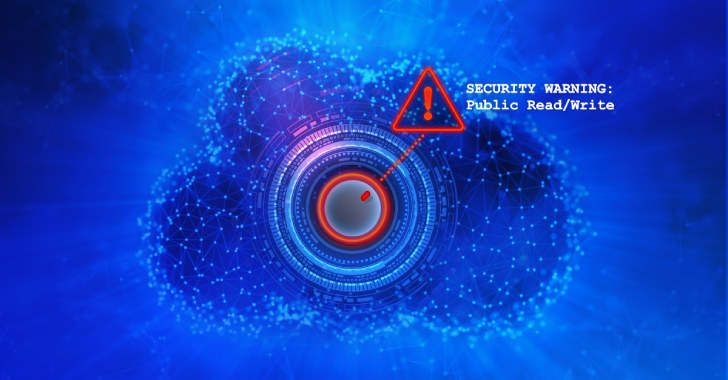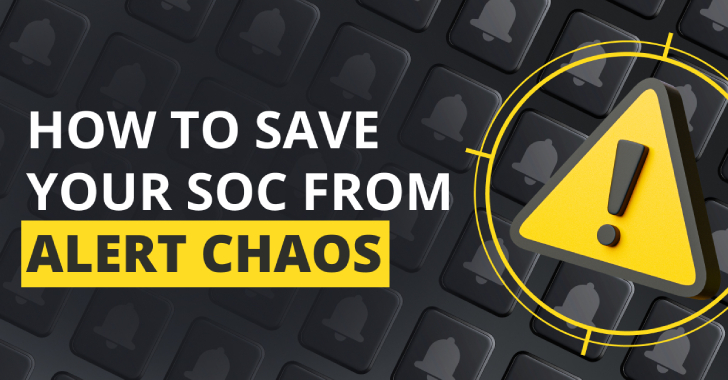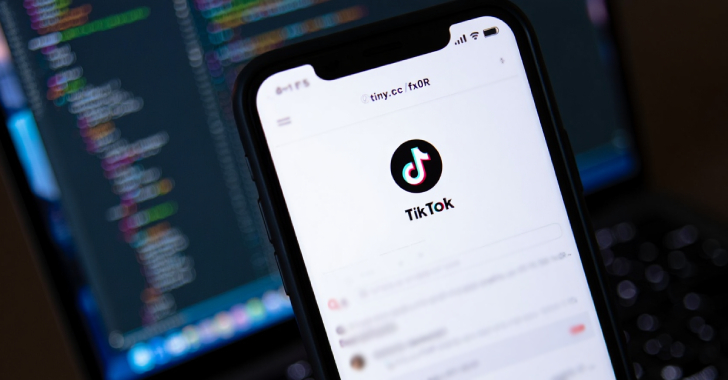
Merging Blockchain with SOC 2 Compliance: A Revolutionary Approach to Data Security
In the ever-evolving landscape of data security, where threats loom larger and more ominous than ever before, businesses are constantly seeking innovative solutions to protect their sensitive information. One such solution that has been gaining traction is the integration of blockchain technology with SOC 2 compliance. This marriage of cutting-edge blockchain technology and robust compliance standards promises a revolutionary approach to safeguarding data, ensuring its integrity, confidentiality, and availability. In this article, we will explore what SOC 2 compliance is, delve into the fundamentals of blockchain technology, and examine how the fusion of these two can fortify data security in today’s digital world.
Understanding SOC 2 Compliance
Before delving into the exciting potential of merging blockchain and SOC 2 compliance, it’s essential to grasp the significance of SOC 2 compliance itself. SOC 2, short for Service Organization Control 2, is a set of standards and guidelines developed by the American Institute of CPAs (AICPA) to assess and ensure the security and privacy of data stored in the cloud. SOC 2 compliance is particularly crucial for businesses that handle sensitive data, such as customer financial information or healthcare records. To achieve SOC 2 compliance, organizations must adhere to stringent security and privacy controls, which are evaluated by independent auditors.
SOC 2 compliance focuses on five key principles:
- Security: Ensuring that systems and data are protected against unauthorized access and that information is safeguarded from potential breaches.
- Availability: Ensuring that systems and data are available for use when needed and that downtime is minimized.
- Processing Integrity: Ensuring that data processing is accurate, timely, and complete.
- Confidentiality: Ensuring that sensitive data is kept confidential and is not disclosed to unauthorized individuals or entities.
- Privacy: Ensuring that personal information is collected, used, and disclosed in compliance with applicable privacy laws and regulations.
Organizations that achieve SOC 2 compliance demonstrate their commitment to maintaining the highest standards of data security and privacy, which can enhance customer trust and help them stay competitive in today’s data-driven business environment.
The Power of Blockchain Technology
Blockchain technology, on the other hand, is most commonly associated with cryptocurrencies like Bitcoin, but its potential extends far beyond digital currency. At its core, a blockchain is a decentralized, distributed ledger that records transactions across a network of computers. What makes blockchain unique is its ability to provide transparency, security, and immutability to data.
Here’s how it works:
- Decentralization: Unlike traditional centralized systems, where a single authority controls data, blockchain operates on a decentralized network of computers. This means there is no single point of failure, making it resistant to cyberattacks.
- Transparency: Every transaction on a blockchain is recorded in a transparent and tamper-resistant manner. Once a record is added to the blockchain, it cannot be altered without consensus from the network.
- Security: Blockchain uses advanced cryptographic techniques to secure data. Each block in the chain contains a cryptographic hash of the previous block, creating a secure link between them. This makes it extremely difficult for malicious actors to tamper with the data.
- Immutability: Once data is recorded on the blockchain, it becomes virtually immutable. This means that historical transaction records are preserved indefinitely and cannot be erased or altered.
The combination of these features makes blockchain technology a compelling choice for enhancing data security and integrity.
The Synergy: Blockchain and SOC 2 Compliance
Now, let’s explore how merging blockchain technology with SOC 2 compliance can create a formidable defense against data breaches and ensure data security in the digital age:
- Enhanced Data Integrity: Blockchain’s immutability and transparency can strengthen the integrity of data. Any changes or access to sensitive data are recorded on the blockchain, providing an indelible audit trail. This not only aids in compliance but also makes it easier to identify and respond to any unauthorized activities.
- Access Control: Blockchain can be integrated with access control mechanisms to ensure that only authorized personnel can access sensitive information. Smart contracts, a feature of blockchain technology, can automate access permissions based on predefined rules and criteria, further enhancing security.
- Secure Data Sharing: Blockchain can facilitate secure data sharing among trusted parties. By utilizing blockchain, organizations can create a secure environment for sharing sensitive information, reducing the risk of data breaches during the exchange of data with third parties.
- Real-time Monitoring: Blockchain’s transparency allows for real-time monitoring of data transactions and access. This means that any suspicious activities or deviations from compliance standards can be detected and addressed promptly.
- Immutable Audit Trail: Blockchain’s ability to create an immutable audit trail simplifies the auditing process required for SOC 2 compliance. Auditors can easily verify compliance by reviewing the blockchain’s historical records.
- Data Recovery and Availability: In the event of a system failure or data loss, blockchain can ensure data recovery and availability. Data stored on the blockchain remains accessible even if individual nodes fail, guaranteeing high availability and minimal downtime.
Challenges and Considerations
While the integration of blockchain and SOC 2 compliance holds tremendous promise for data security, it’s essential to acknowledge the challenges and considerations involved:
- Complexity: Implementing blockchain technology can be complex and may require significant expertise. Organizations must invest in the necessary resources and talent to manage and maintain the blockchain infrastructure.
- Regulatory Compliance: While blockchain can enhance data security, it can also pose challenges in terms of regulatory compliance. Organizations must navigate the evolving legal landscape surrounding blockchain technology, especially in sectors with stringent regulations.
- Cost: Blockchain implementations can be costly, both in terms of infrastructure and ongoing maintenance. Organizations must weigh the benefits against the investment required.
- Scalability: Blockchain networks, especially public ones, can face scalability issues as the number of transactions and participants grows. Addressing these scalability challenges is crucial for ensuring the continued effectiveness of the system.
Conclusion
In an era where data breaches and cyberattacks are constant threats, the fusion of blockchain technology and SOC 2 compliance offers a compelling solution to enhance data security. The combination of blockchain’s inherent security features, such as decentralization, immutability, and transparency, with the rigorous standards of SOC 2 compliance can provide organizations with an unprecedented level of protection for their sensitive data.
While challenges and considerations exist, the potential benefits of this merger are substantial. As organizations continue to grapple with the imperative of safeguarding data, the integration of blockchain and SOC 2 compliance represents a transformative step toward fortifying data security in the digital age. As technology evolves and regulations adapt, businesses that embrace this approach may find themselves better equipped to navigate the complex landscape of data security and privacy while earning the trust and loyalty of their customers.
Contact Cyber Defense Advisors to learn more about our SOC 2 Compliance solutions.





